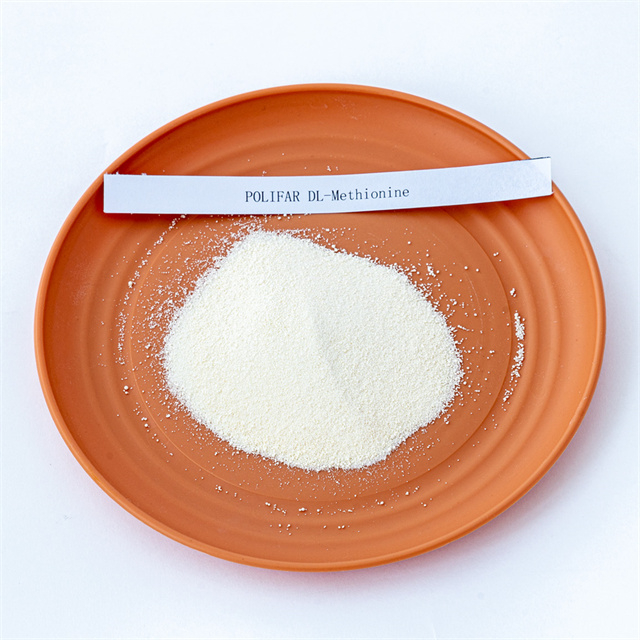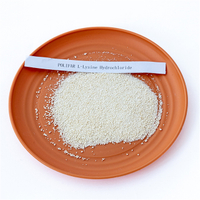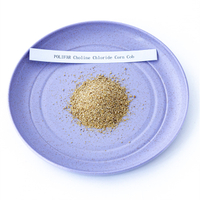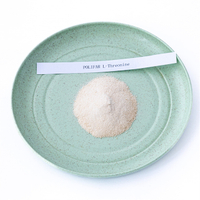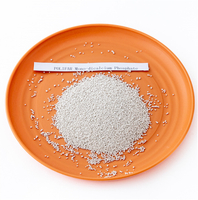Videos of Polifar L-Threonine
L-threonine is an essential amino acid. Threonine is mainly used in medicine, chemical reagents, food fortifiers, feed additives, etc. In particular, the amount of feed additives has increased rapidly. It is often added to the feed of juvenile piglets and poultry.
It is the second restricted amino acid for pig feed and the third restricted amino acid for poultry feed.














